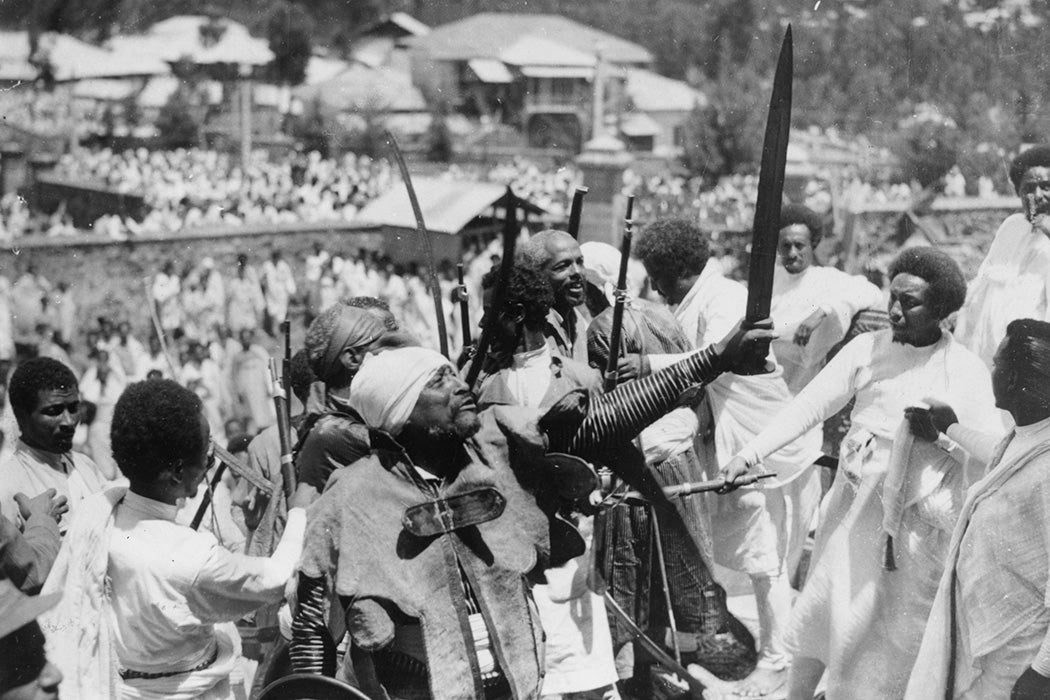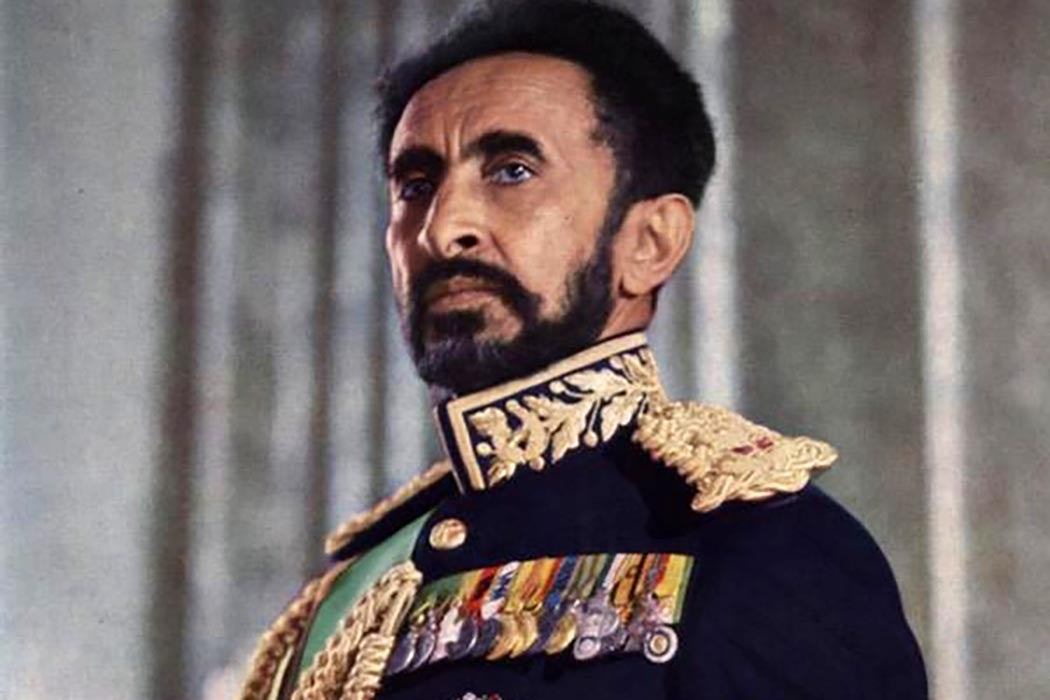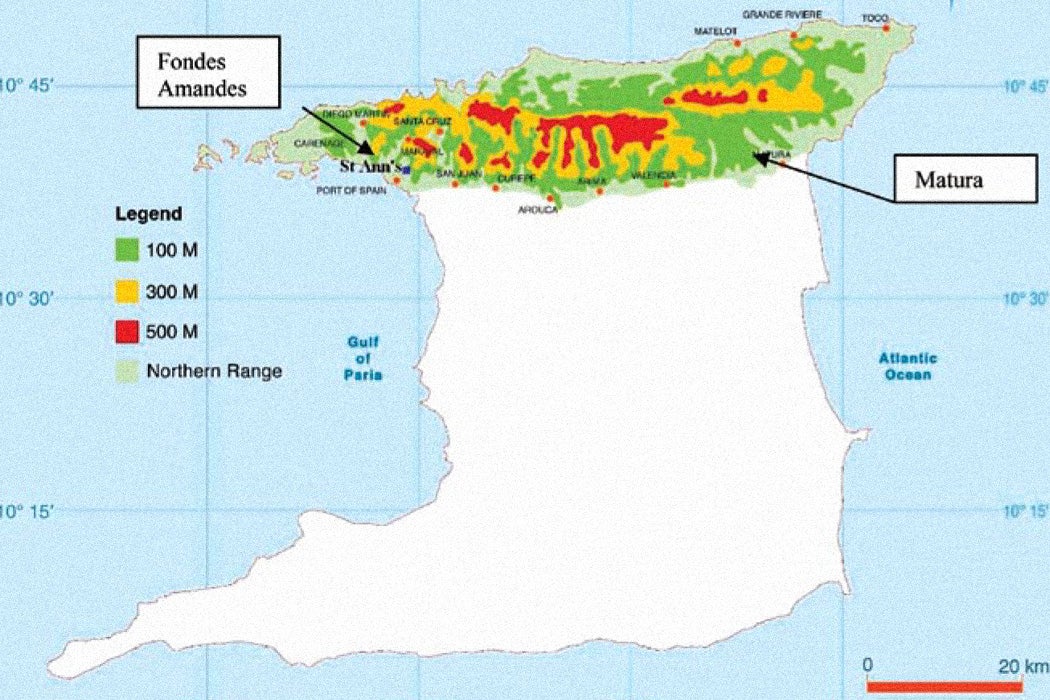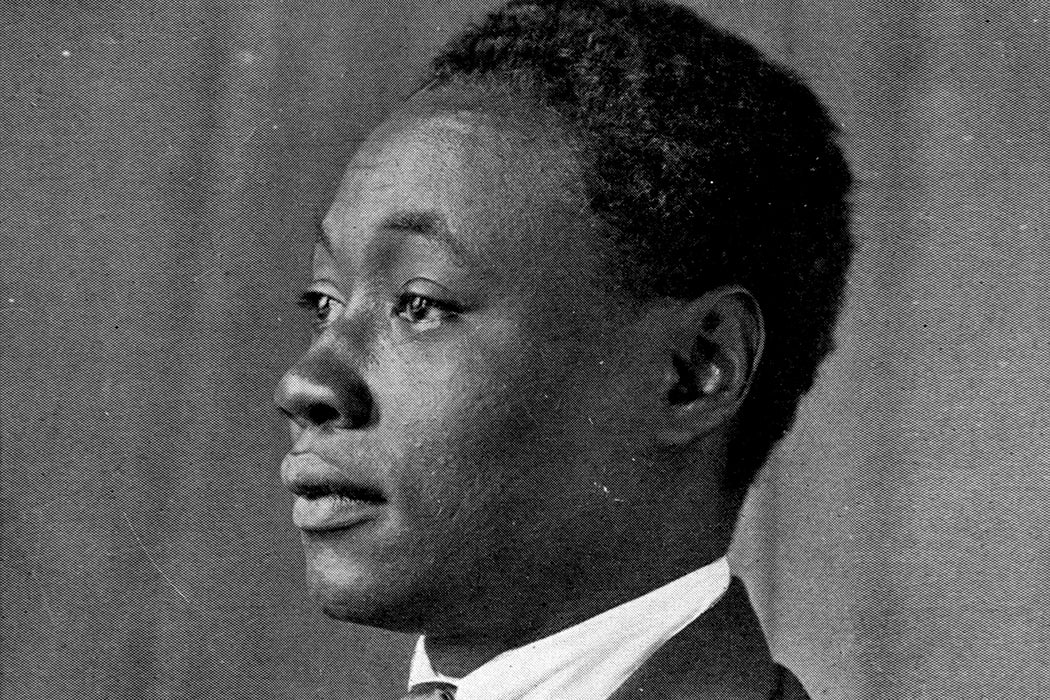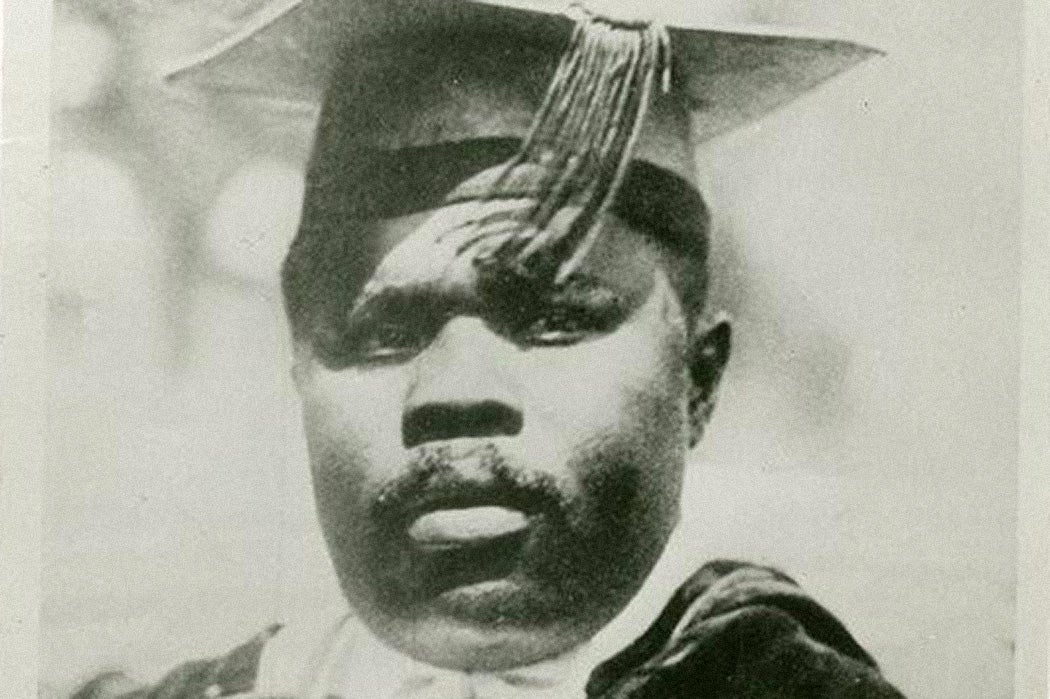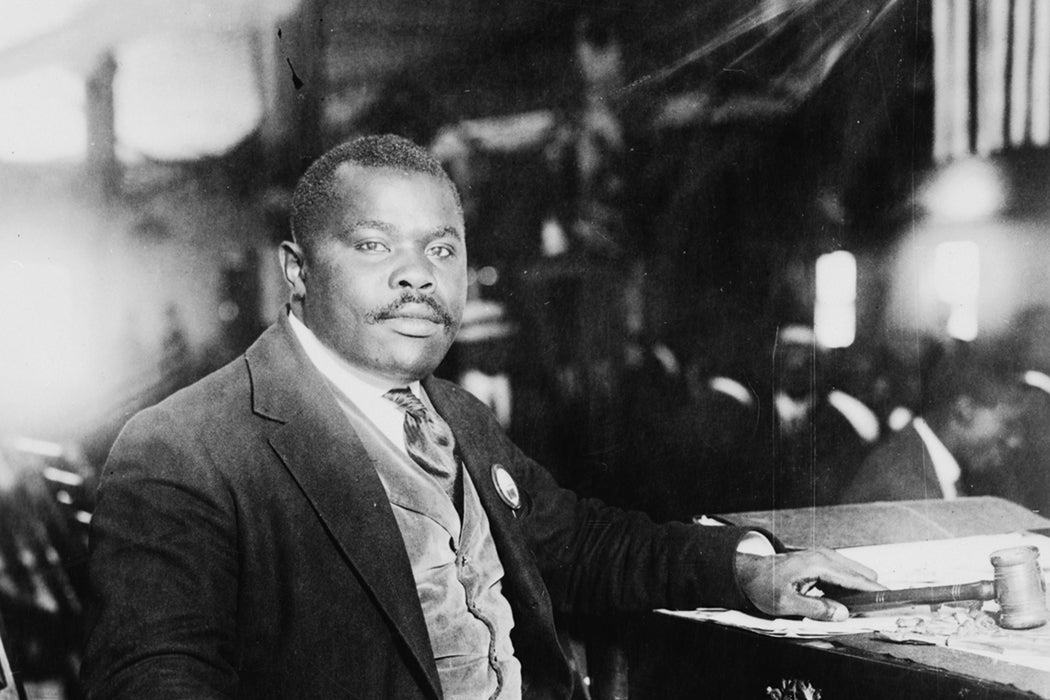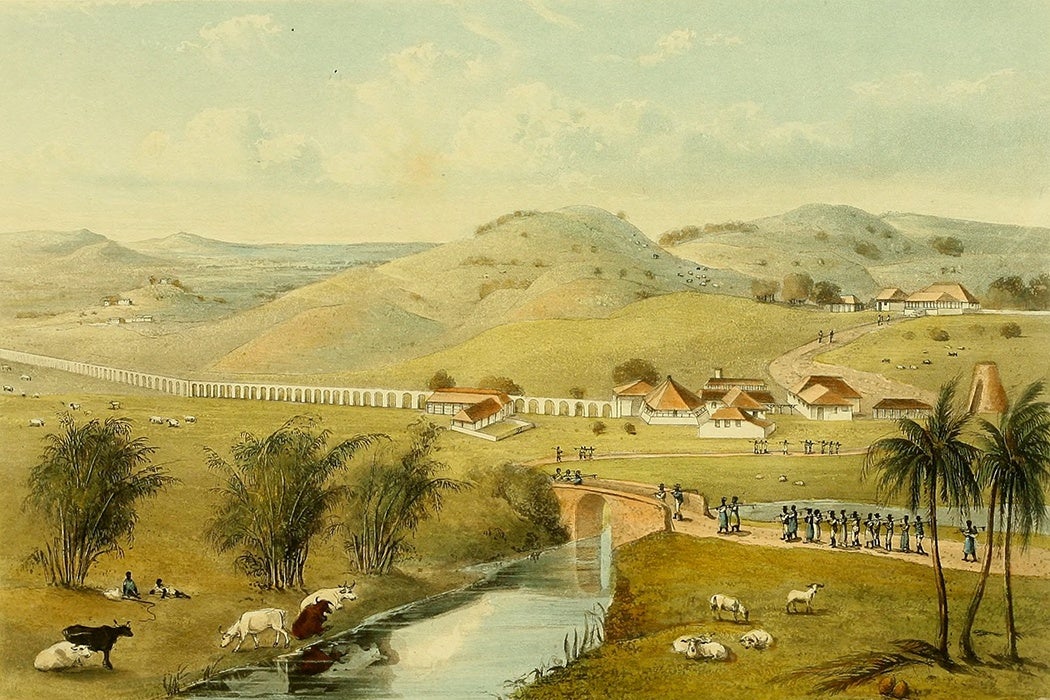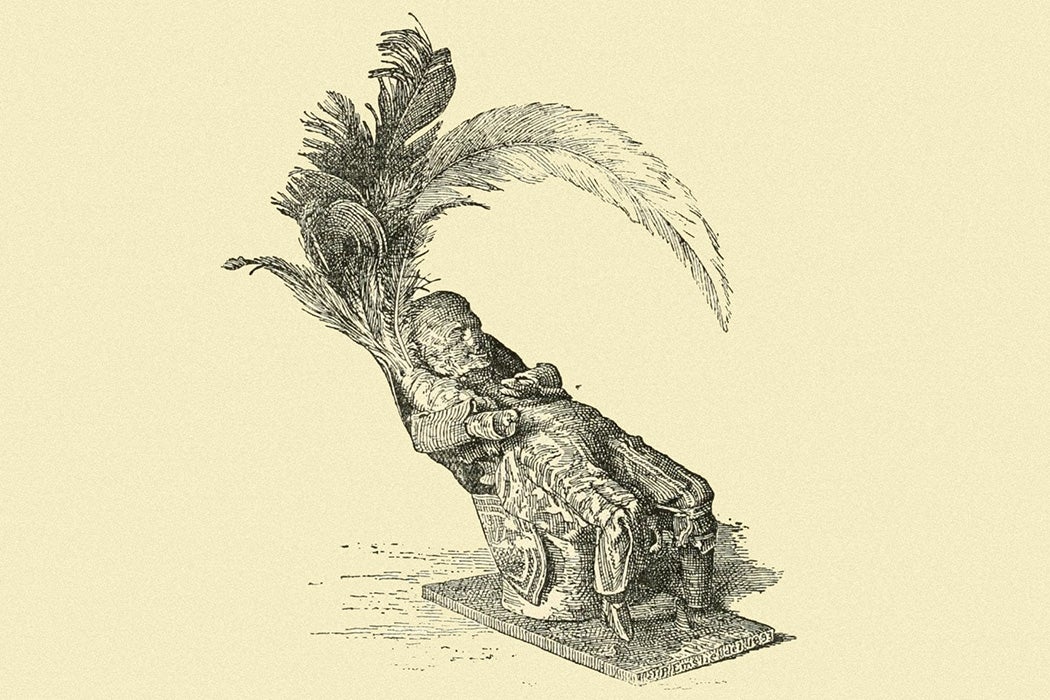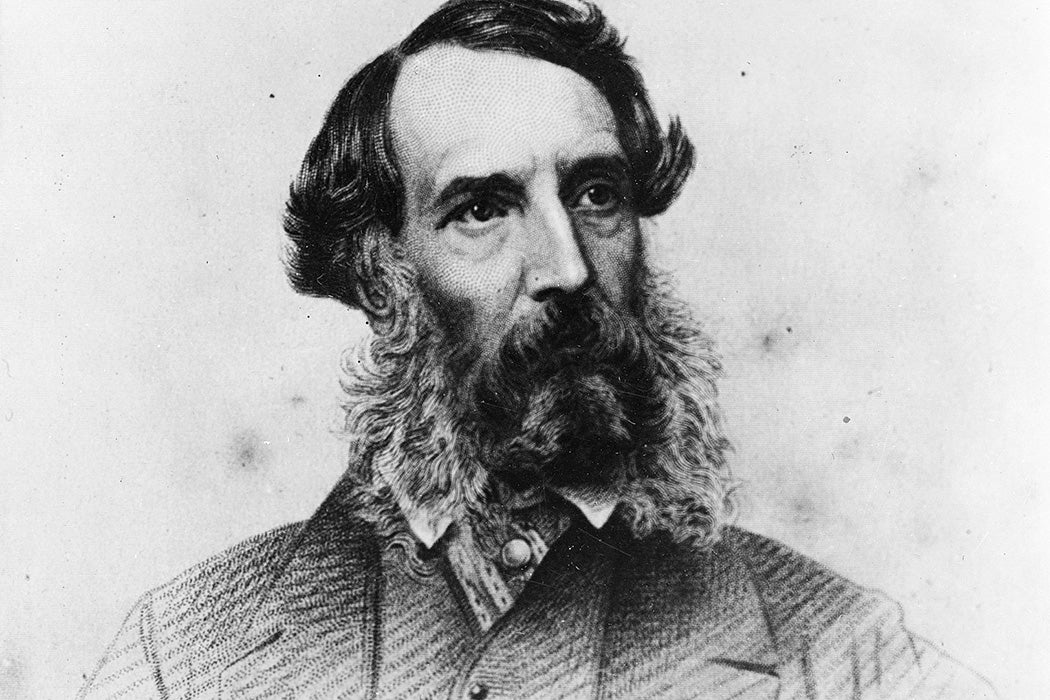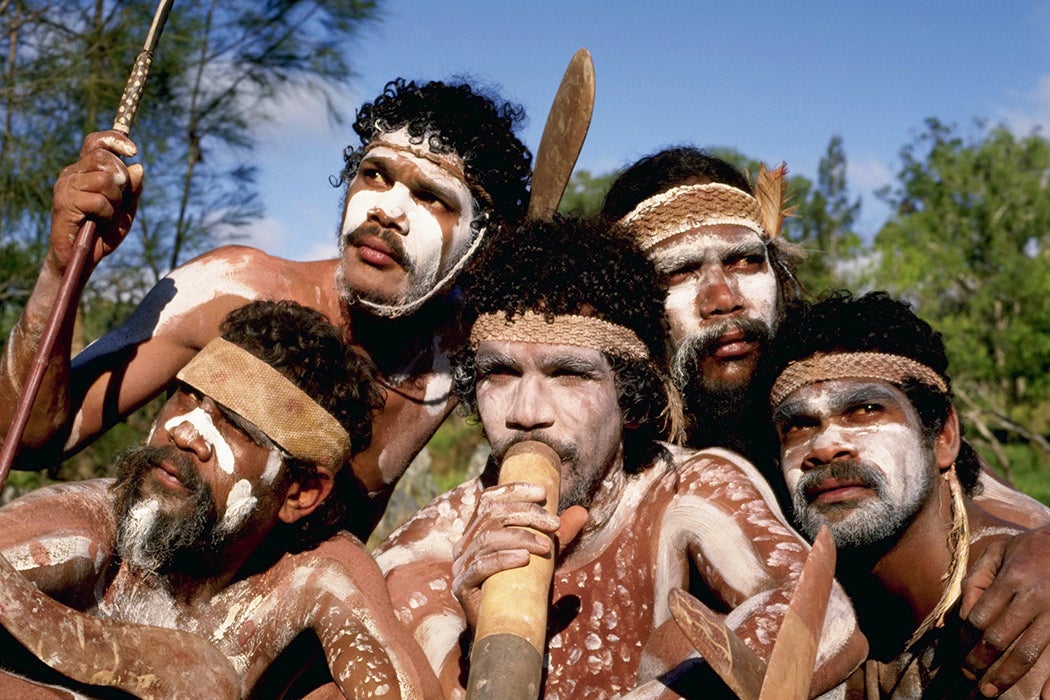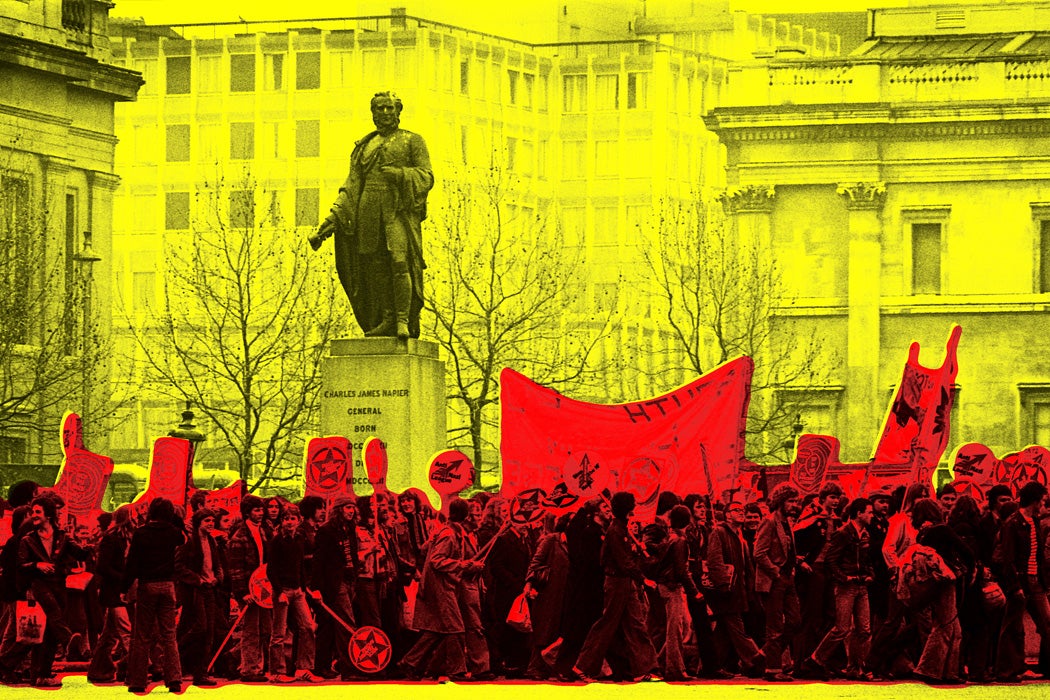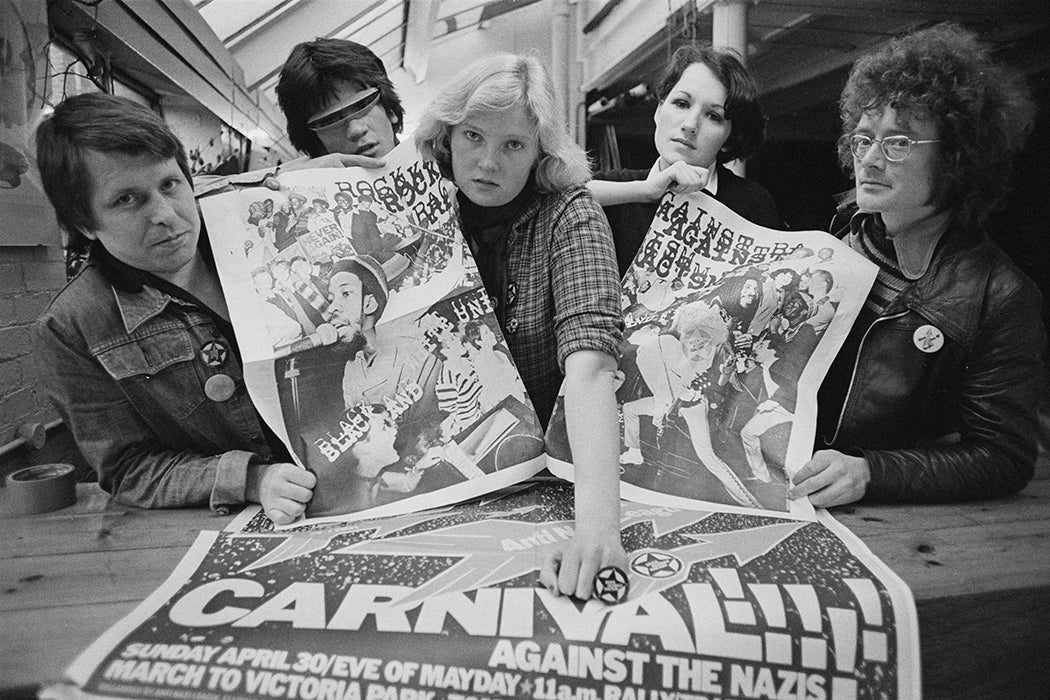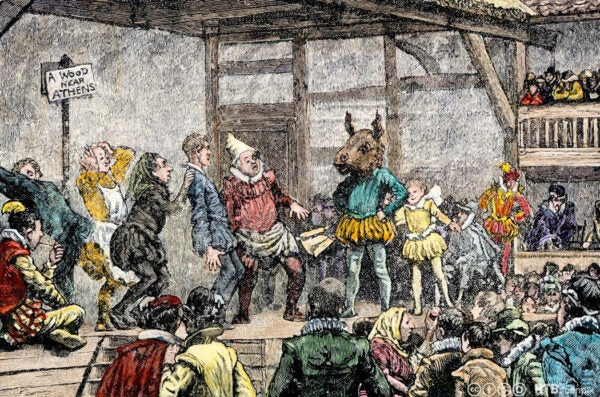Bob Marley: One Love, a biopic celebrating the life, music, and politics of Jamaican Reggae singer Bob Marley, opened in theaters this month. It won’t spoil anything to learn that, in the movie’s opening scenes, we’re dropped into a violent moment in Jamaica’s history without much back story. The audience never gets a clear explanation of the civil war that threads through the movie, though it can be inferred that it has something to do with colonial legacies. And while snippets of Marley’s personal journey, from childhood to global superstar (a status that Marley, as played by Kingsley Ben-Adir, disavows), are revealed throughout the movie, knowledge of the Rastafari movement, Pan-Africanism, and Black Radicalism seems to be assumed by the movie-makers. (This isn’t a criticism; it does seem reasonable that if we can learn the words to Redemption Song, we can learn Jamaica’s history.)
Marley’s lived experience as a Rasta gets a good amount of screen time, but anyone not familiar with the religion might wonder why he kicks back with a book about Haile Selassie on the tour bus (there’s more to say here, but…spoilers). The connection between Marley’s music-philosophy and the political activism of Marcus Garvey is evident in the lyrics of Redemption Song and One Love; in the movie, Garvey’s influence gets a nod in another book-reading scene. Less clear is the bigger story: how Garvey came to be understood as a Rastafari prophet, how Selassie came to be viewed as God incarnate.
Weekly Newsletter
If you’ve seen Bob Marley: One Love and want to learn more about Jamaica, Pan-Africanism, and the Rastafari movement, we’re here to help. Below, we’ve gathered a few stories to contextualize Marley’s politics, religion, and musical legacy.
Haile Selassie, Ethiopia, and the Rastafari Movement
The Defense of Ethiopia from Fascism
Why a Coup in Ethiopia Created a Faith Crisis in Jamaica
How a Rastafari Community Protects the Land in Trinidad
Marcus Garvey, Pan-Africanism, and Black Radicalism
Black Caribbeans in the Harlem Renaissance
Marcus Garvey’s Journey Began in Central America
Marcus Garvey and the History of Black History
Black Radicalism’s Complex Relationship with Japanese Empire
Walter Rodney, Guerrilla Intellectual
Jamaica and Its History
The Obscured History of Jamaica’s Maroon Societies
Poison and Magic in Caribbean Uprisings
When Intellectuals Split: The Eyre Case
Lacebark as a Symbol of Resilience
Windrush Day
Music and Its Impact
Reggae in Australia
How British Teens Blended Pop and Politics
How Rock against Racism Fought the Right
Support JSTOR Daily! Join our membership program on Patreon today.



